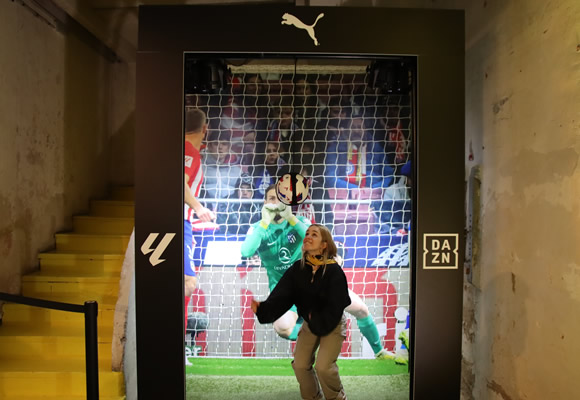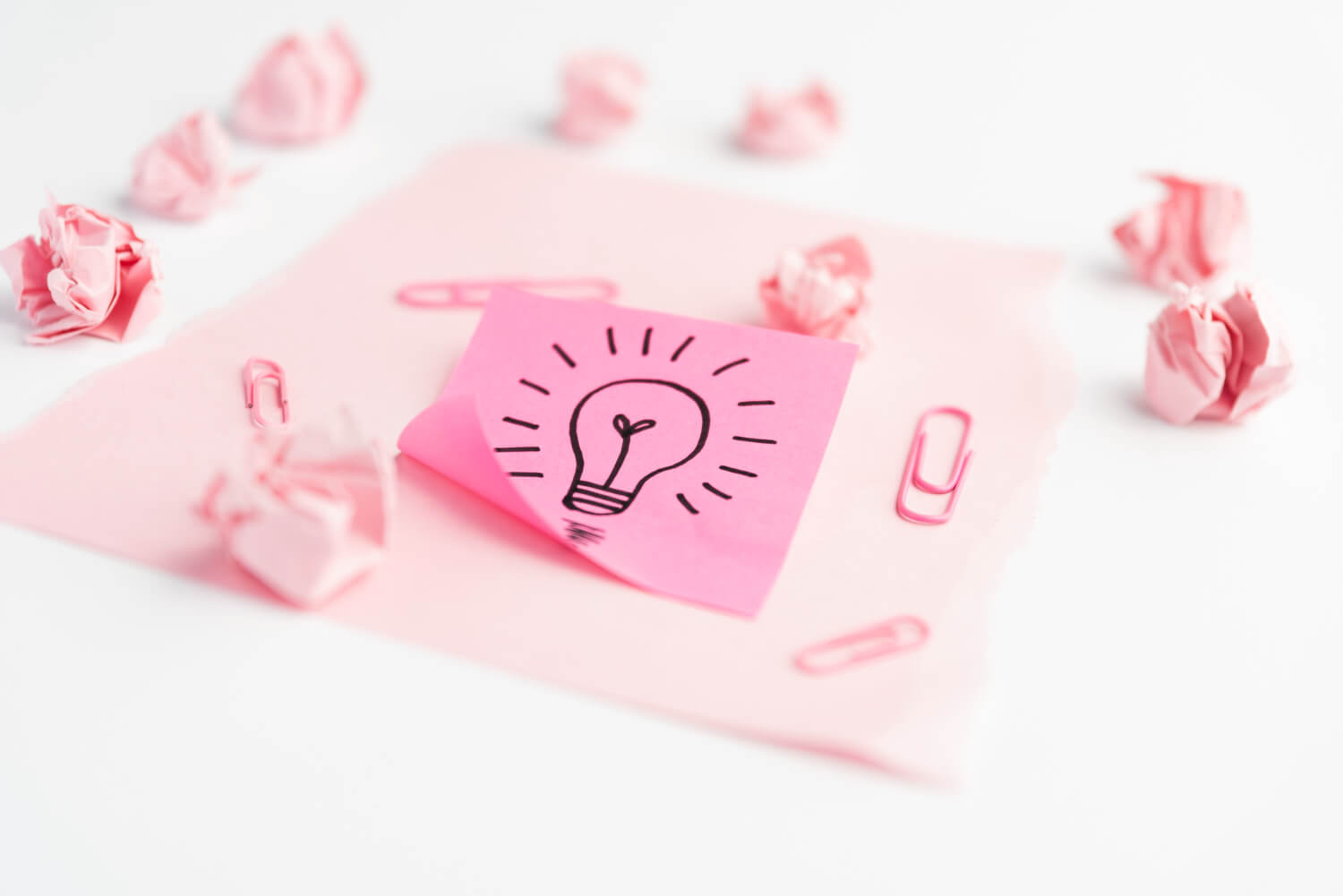What is a Brand Activation?
A brand activation is a strategy designed to increase brand recognition, encourage direct interaction with customers and establish long-term relationships. These initiatives take the form of face-to-face events or live experiences, where participants can directly experience the brand's values and products. This strategy is classified as BTL (Below the Line) advertising, which focuses on direct interaction with consumers rather than immediate financial return.
The importance of experiential marketing
Experiential marketing is a key tool for making a brand unforgettable and emotionally connecting with its target audience. This technique creates memorable experiences that establish deep emotional connections. In these events, each interaction not only promotes a product, but also leaves a lasting impression in the minds and hearts of the participants, always working from the appeal to emotions.
Brand activations are strategies designed to interact directly with the public and capture their attention in order to promote a brand, product or service. Experiential marketing complements this strategy by turning simple interactions into sensory and emotional experiences. By stimulating the senses and appealing to the emotions, experiential marketing makes consumers not only remember the brand, but also feel part of its story. This combination enhances the impact of activations, creating deeper and more memorable connections with customers.
In addition, some types of marketing such as guerrilla marketing and its role in generating experiences play an important role in capturing the attention of the public in an unexpected and creative way, further enhancing the impact of activations.
How to implement experiential marketing in a brand activation?
To maximise the impact of experiential marketing campaigns in your brand activations, it is essential to know the most effective strategies. Below are some successful examples of brand activations that have succeeded in creating unforgettable experiences and establishing a deep connection with customers.
1. Create Sensory Experiences
Use all five senses to engage your customers. From product tastings to music and aromas related to your brand, make sure you stimulate all the senses to create an immersive experience.
McDonald's
In Warsaw, McDonald's turned a bus stop into a musical bench, where passengers created music with the seat keys and were rewarded with coupons, creating a fun and memorable experience.
2. User Participation
Design activities that require the active participation of the attendees. These can be games, contests or creative activities that allow customers to interact directly with your brand.
DAZN and La Liga
For the opening of the Pop-Up Store in Madrid, DAZN and La Liga offered several interactive activities. Visitors could participate in a Messenger Booth, where they could dedicate goals and take home a video souvenir. They also enjoyed Bullet Time, which captured their attempts to head a ball in personalised videos. In addition, a flash photo booth allowed attendees to virtually personalise a vehicle, creating an interactive and memorable experience. This event not only generated thousands of social media shares, but also created emotional bonds between participants and the brand.

3. Appeal to Emotions
Emotions are key to creating lasting connections. Design experiences that arouse positive emotions such as joy, surprise or nostalgia. This will help customers associate those emotions with the brand.
Misereor
German NGO Misereor implemented an activation at airports where passers-by could make donations using credit cards, with a digital display visually illustrating the impact of their contribution. Donors received a thank you letter on their bank statement, generating a deep emotion of gratitude and a lasting connection to the cause.
4. New technologies
Technology can elevate brand activations to a whole new level, offering interactive and personalised experiences that are hard to forget.
Coca-Cola
During the FIFA World Cup in Zurich, Coca-Cola installed a virtual reality (VR) experience in a train station. Participants had the opportunity to virtually interact with famous football players, practice moves and participate in mini-tournaments. In addition, they could participate in a raffle to win an Official FIFA World Cup Ball. This activation not only created a deep emotional connection, but also a memorable experience that strengthened the positive association with the brand.
Benefits of Experiential Marketing in Brand Activations
- Generate Memories: Memorable experiences tend to stick in consumers' minds, keeping the brand alive long after the event.
- Builds Loyalty: When customers have a positive experience with a brand, they are more likely to become loyal fans and brand ambassadors.
- Differentiation: In a competitive environment, experiential marketing helps you stand out from the competition by offering something unique and exciting.
- Generate Content: Experiences shared on social media become user-generated content, which increases the reach and visibility of your activation and, consequently, your brand.
- Increased Engagement: By actively engaging consumers, experiential marketing applied to brand activations fosters a deeper and longer lasting connection with the brand.
Conclusion
Experiential marketing is a powerful tool for transforming your brand activations into unforgettable experiences. By focusing on impacting and creating emotional connections with your customers through live, meaningful experiences, you can generate recall, foster loyalty and differentiate your brand in a competitive marketplace.






